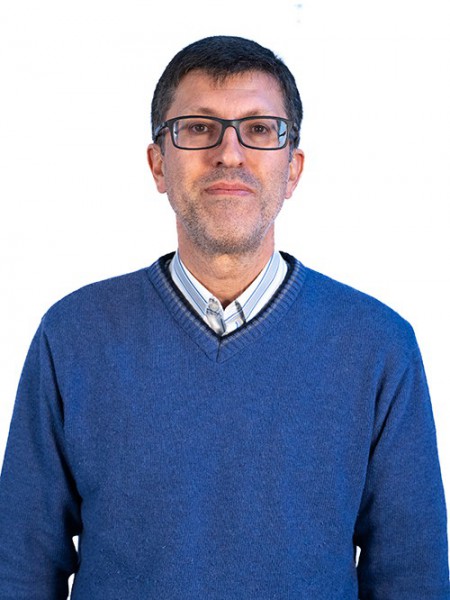abstract
Several dimerization products of fullerene C60 are presented and thoroughly characterized with a quantum chemical DFT model augmented by dispersion. We reanalyze and expand significantly the number of known dimers from 12 to 41. Many of the novel bonding schemes were found by analyzing more than 2 ns of high energy molecular dynamics semiempirical trajectories with AutoMeKin, a methodology previously used to compute the reactivity of much smaller molecules. For completeness, this was supplemented by structures built by different geometric considerations. Also, spin-polarization was explicitly considered yielding 12 new bonding schemes with magnetic ground states. The results are comprehensively analyzed and discussed in the context of yet to be explained 3D fullerene structures and recent fullerene 2D systems.
keywords
HIGH-PRESSURE; C-60; FULLERENE; DIMERIZATION; POLYMERIZATION; ENERGIES
subject category
Chemistry; Materials Science
authors
Laranjeira, J; Strutynski, K; Marques, L; Martínez-Núñez, E; Melle-Franco, M
our authors
Projects
CICECO - Aveiro Institute of Materials (UIDB/50011/2020)
CICECO - Aveiro Institute of Materials (UIDP/50011/2020)
Associated Laboratory CICECO-Aveiro Institute of Materials (LA/P/0006/2020)
Projeto de Investigação Exploratória: Manuel Melle (IF Manuel Melle)
acknowledgements
This work was developed within the scope of the project CICECO-Aveiro Institute of Materials, UIDB/50011/2020, UIDP/50011/2020 & LA/P/0006/2020, financed by national funds through the FCT/MCTES (PIDDAC) and 2022.07534.CEECIND and IF/00894/2015 contracts funded by FCT. J. Laranjeira acknowledges a PhD grant from FCT (SFRH/BD/139327/2018) . This work was partially supported by the Conselleria de Cultura, Educacion e Ordenacion Universitaria (Grupo de referencia competitiva ED431C 2021/40) , and the Ministerio de Ciencia e Innovacion through Grant #PID2019-107307RB-I00. The work has been performed under the project HPC-EUROPA3 (INFRAIA-2016-1-730897) , with the support of the EC Research Innovation Action under the H2020 Programme; in particular, the author gratefully acknowledges the support of the computer resources and technical support provided by BSC.





